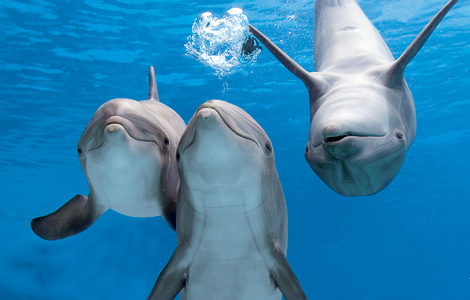So in commemoration, the mod/div keyboard is hereby unveiled. There will be more about this posted in 2014, but for now let me just point out that the purpose of this instrument is to promote kindness and good will among human beings, in rings of six players at a time.
Here is a picture of the mod/div keyboard, which features 72 keys that have been remapped so that the first six notes are six octaves of C: e.g. C1, C2, C3, C4, C5, C6 and the next six notes are six octaves of C#/Db, and so on up to the last six notes which are six octaves of B.
The idea is to give six players a simple way to divide up 72 consecutive keys equally. Note that in this linear arrangement, the player on the far left would be responsible for playing all of the C and C#/Db pitches, the player on his/her right would have D and D#/Eb, and so on up to the player on the right who has A#/Bb and B.
Another way to distribute the notes, and thus re-arrange the players, is to half the previous linear set up into two subgroups,
leaving six notes on the other (low/bottom) side.

In this configuration, the same linear distribution of notes is used, with players on the "low" side having pairs in the "white + black" alternating pattern, while players on the "high" side have pairs in the "black + white" alternating pattern. (note how the F key has been shaded grey so it fits this pattern).
Alternatively, using the same configuration, the three players on the lower side could each have a low + high pair of notes (aka the "white keys") C + B, D + A, E + G which requires reaching across to get the second of the two note pair. Similarly, the upper side players would cover the three high + low pairs of F + F#/Gb, G#/Ab + D#/Eb, A#/Bb + C#/Db.
Moving away from the linear arrangement to a circular one, the "polar pan piano" pictured below uses the same distribution as the first and second described above. In this case all six octaves have been collapsed into just twelve distinct notes C, C#/Db, D, D#/Eb, E, F, F#/Gb, G#/Ab, and A#,Bb.



















